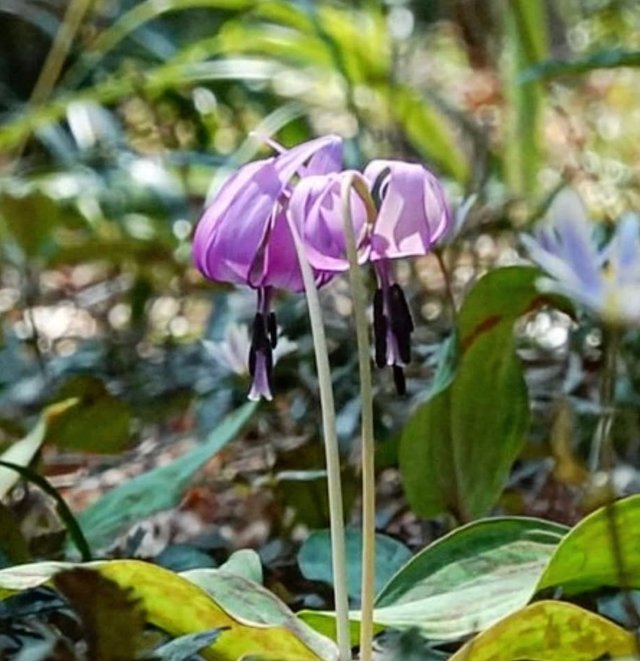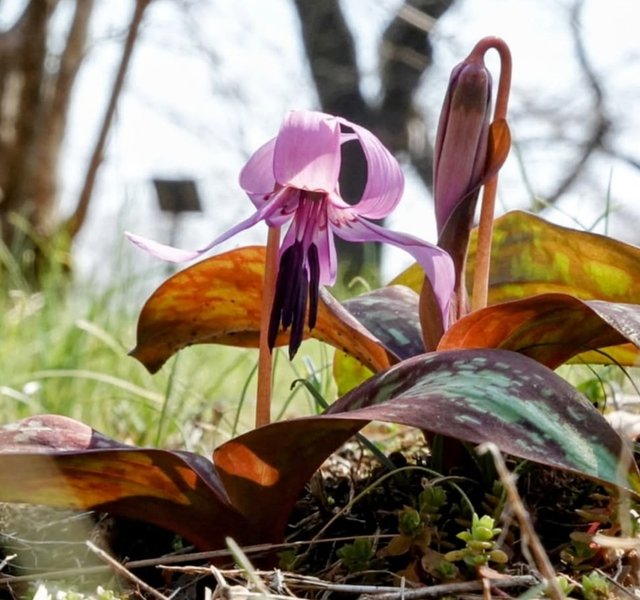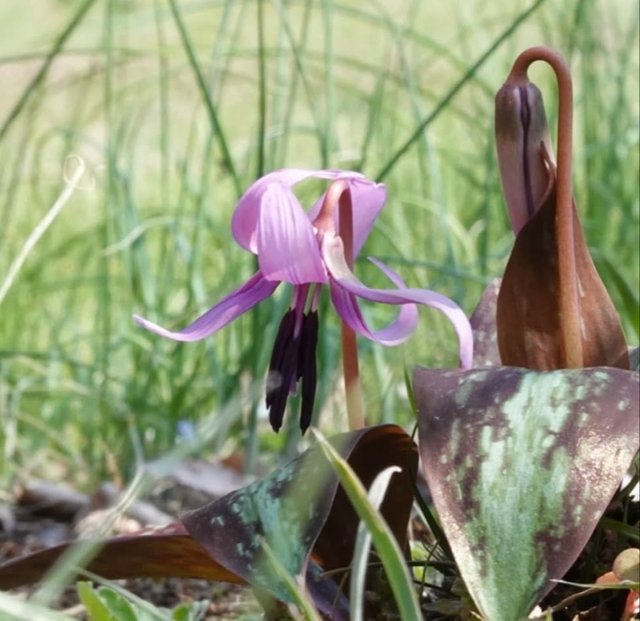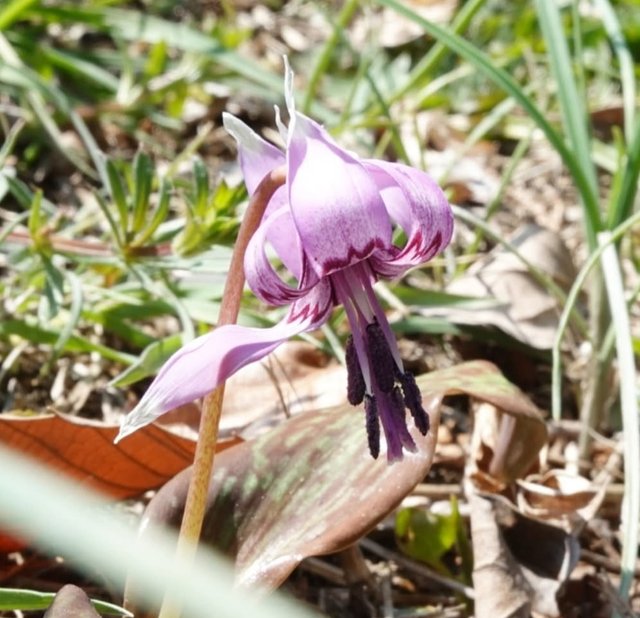So Beautiful Asian Fawnlily Flower
The Enchanting Harbinger of Spring
Nestled in the quiet woodlands of East Asia, where the last snows melt and the soil begins to warm, a delicate yet resilient flower begins to emerge—the Asian fawnlily. Often considered a symbol of early spring, this understated beauty captivates botanists, nature lovers, and casual hikers alike.
A Delicate Bloom with a Bold Presence
Known by several names, including katakuri in Japanese and dogtooth violet in English, the Asian fawnlily belongs to the lily family. It is native to Japan, Korea, northeastern China, and parts of the Russian Far East. Despite its small size and ephemeral nature, it has long been celebrated for its quiet elegance and cultural significance.
Its blossoms—typically soft purples and pinks with darker striations—nod gracefully toward the forest floor, held by slender stems that rise above a pair of mottled green leaves. These leaves resemble the markings on a young deer, hence the common name "fawnlily." The flower only opens fully on sunny days, turning its face upward toward the light in a dance that feels almost ceremonial.
Life in the Shade: A Woodland Specialist
The Asian fawnlily thrives in shaded, undisturbed deciduous forests, where it benefits from the dappled sunlight before the canopy fully fills in. It’s a true ephemeral wildflower—one of the first plants to flower after winter, but also one of the quickest to fade.
What’s especially fascinating is the plant's slow growth. From seed to flowering adult, it can take seven to ten years. That makes finding a patch of blooming katakuri not just beautiful but also a rare and delicate reminder of time and patience in nature.




Thanks For Reading
Device Information
| Device | cannon eos 700D |
|---|---|
| Lens | 55-250 zoom leans |
| Location | Bangladesh |
